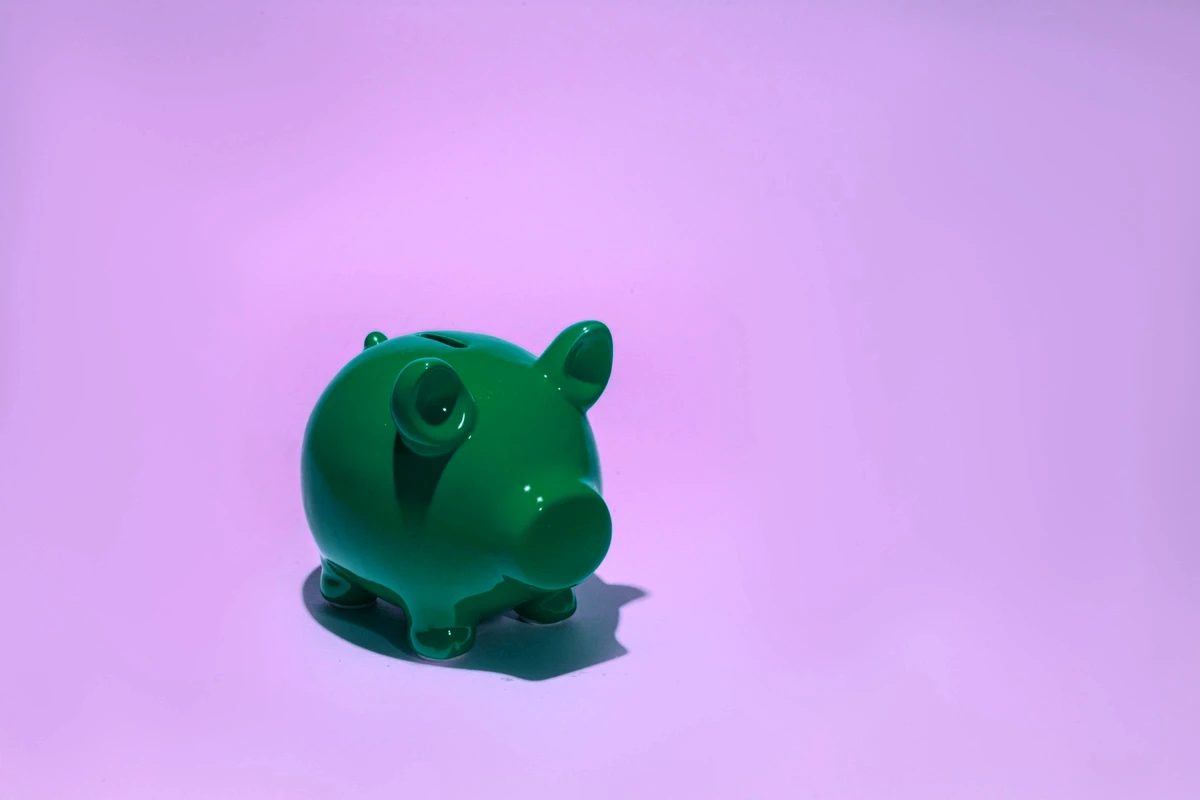Series I Savings Bond Rate Update, May 2024

Ceramic piggy bank photo by Mikhail Nilov from Pexels.
The United States Treasury set a new interest rate for Series I United States Savings Bonds. From May 1, 2024 through October 31, 2024:
- the fixed rate for new savings bond purchases is still 1.30%; and
- the semi-annual, inflation-indexed rate is now 1.48%.
Series I Savings Bonds purchased between now and October 31, 2024 will earn interest at an annualized rate of 4.28% for six months following their purchase.
Series I Savings Bonds that you currently own will continue to earn interest at their base rate, plus the new inflation rate once their current rate period expires. For example, if you purchased a Series I bond on April 29, 2024 you'll earn 5.27% until October 29, 2024. Then your bond will reset to the new, lower rate.
A steady fixed rate
Inflation remains higher than the Federal Reserve would like to see, but it's down compared to the previous six months. As a result, the inflation-indexed rate is lower than the 1.97% of November 2023 through April 2024. If you're a saver, that's bad news for your savings' growth. But you may feel some relief at the grocery store.
The Treasury Department is keeping the base rate at 1.30%. If inflation rises again over the next 30 years, bonds that you buy now could earn significantly more later. A period of deflation (falling prices), however, means that your Series I Bonds could earn the base rate and nothing more.
Are Series I bonds right for you?
Here are three questions to ask yourself.
- When might you need your money?
- How much money do you have to put aside?
- Do you want to deal with TreasuryDirect.gov?
When might you need your money?
You can't redeem savings bonds for at least one year. If you redeem your savings bonds within five years of their purchase date, you forfeit the last three months of interest. If you won't need your money for at least one year — and ideally you won't need it for five — consider buying Series I bonds.
How much money do you have to put aside?
Some online certificates of deposit offer comparable rates. However, CDs often have minimum deposit requirements of $1,000 or more.
Series I Savings Bonds, on the other hand, can be purchased for as little as $25. You can buy them in smaller amounts over time. You can even set up a Payroll Savings Plan to auto-purchase savings bonds when you get paid.
The interest from a savings bond also compounds semi-annually. Any interest earned gets added to the bond's principal amount. If you buy a $100 savings bond with a 5.27 percent rate, after six months, it'll be worth $102.64. For the following six months, you'll earn interest on $102.64, not just your original $100.
Do you want to deal with TreasuryDirect.gov?
Buying savings bonds requires you to have a TreasuryDirect.gov account. The site is far more usable than it was when I opened my account in the early 2000s, but it's still not great. It's also one more account to keep track of.
If you'd rather not deal with government-run website technology or manage another account, a high-yield savings account is probably a better bet. You also have easier access to your savings. You may give up a little bit of interest, but you can easily make withdrawals should you need to.
Disclaimer
As always, remember: I'm not a financial professional, I just read a lot. I also put this stuff into practice. Don't be afraid to consult a financial advisor.